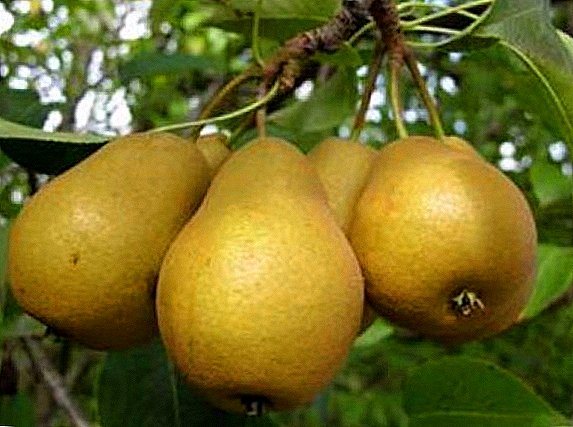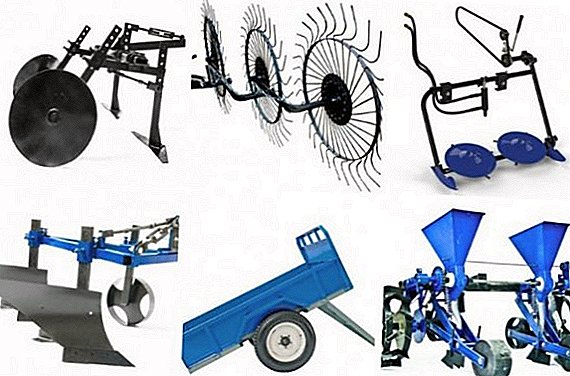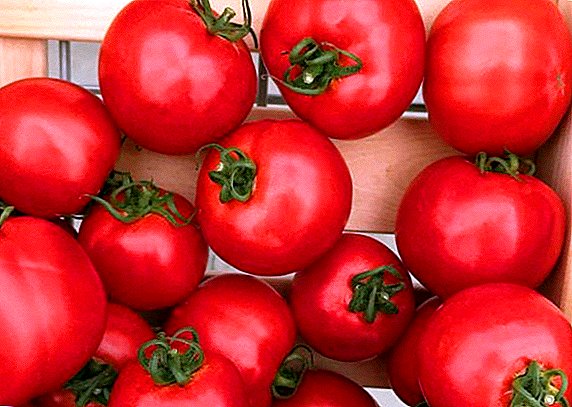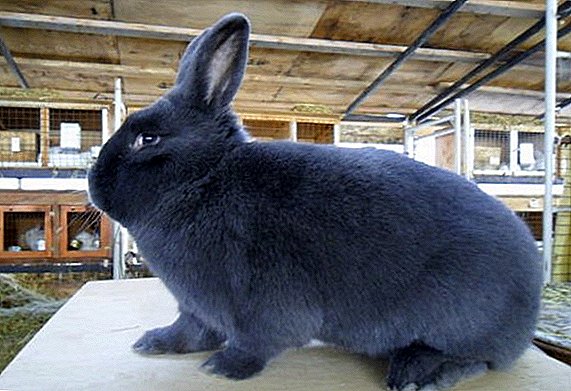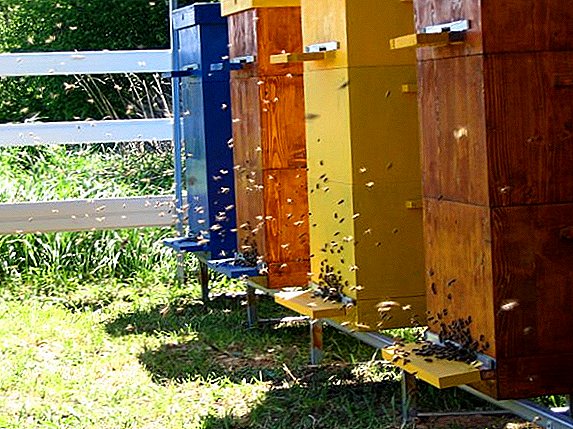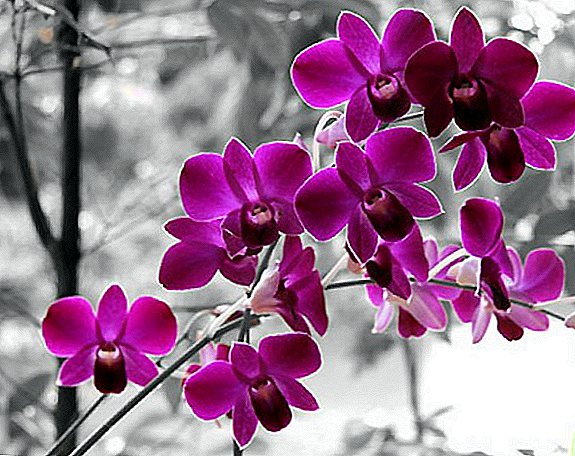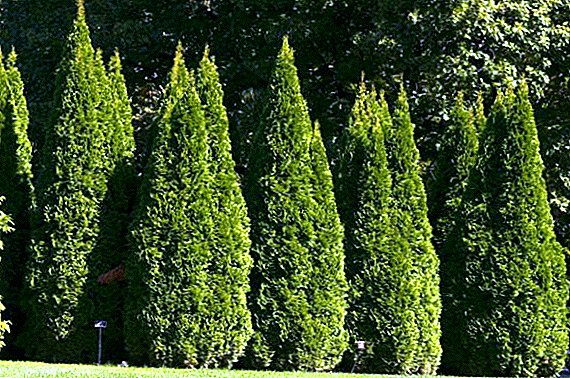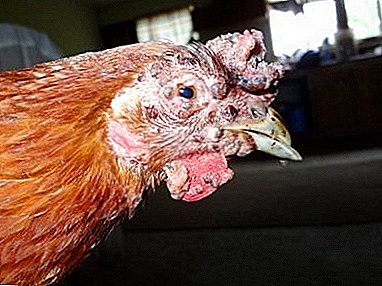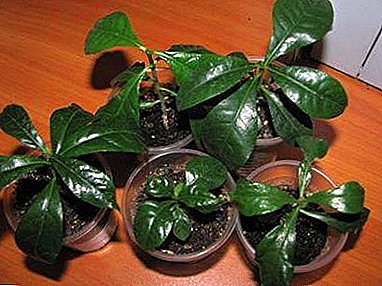
Gardenia is a tropical plant that does not have a very good reputation for growing at home.
The main breeding methods for gardenia are seeds and grafting. Immediately it is worth noting that at home the seed method is almost hopeless.
The process of breeding gardenia seeds is quite laborious, because this plant has a capricious nature. But if you have patience you can grow a flower in this way. And the plant will appreciate its delicate aroma and luxurious flowers.
When breeds?
The best period of sowing seeds are considered the last days of February. - the beginning of March, when it becomes warmer, and the day increases significantly. The term germination of planting material from the time of sowing is 1-1.5 months. Earth before it is necessary to warm up. It is allowed to sow seeds in the summer. But here the important condition is to prevent overheating of the sprouted seedlings, otherwise it will dry out.
How to get planting material?
If you plan to buy seeds for cultivation, it is better to do this in specialized flower shops. But you can collect them yourself. It must be borne in mind that the seed box appears after flowering, which lasts from March to September.
The seeds are oval. They have one end rounded, the second sharp. On average, they grow to a length of 4-5 mm. Fresh, high-quality seeds are colored light and dark brown. After they are collected it is necessary to dry them well. The shelf life is 2-3 years, if stored in a dry place without moisture.
Preparatory stage
The most important indicator on which the germination of seedlings depends, is the freshness of seed material. When buying, be sure to check the date of packaging. It often happens that 1-2 out of 5 pieces come up.
Important! Gardenia seeds are poisonous. When working with them, you must use personal protective equipment.
The preparatory stage is to prepare:
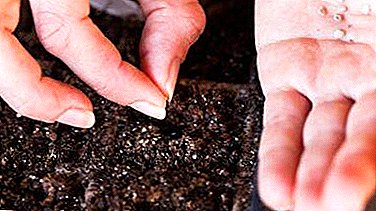 fresh seeds of gardenia;
fresh seeds of gardenia;- shallow wide container or pot;
- drainage;
- soil mix.
The substrate can be a ready-made mixture for azaleas or self-prepared suitable soil. In order to get it you need to mix in the same proportions:
- peat;
- coniferous or deciduous land;
- sand.
Seeds 24 hours before sowing should be soaked in warm boiled water, for which 100 ml of growth stimulant is added per 100 ml.
How to grow a flower?
Large seeds of gardenia in order not to carry out further picks, you can put them in separate cups one by one.. But most often flower growers sow them in a common container.
- The first step is to prepare a warm ground.
- At the bottom of the tank is placed 4-5 centimeters drainage layer of fine sand, on top of which the prepared earth is poured.
- It needs to be watered and the seeds spread out from above. More accurate and more convenient to work with tweezers. The seeds are laid out at a distance of 3-4 cm.
- The soil should be slightly compacted and sprayed with a spray.
- Until the moment when shoots appear, the capacity needs to be put in a warm and dark place. The temperature should be + 23 ° С, do not fall below + 18 ° С.
- To create greenhouse conditions it is necessary to cover the bag or a plastic bottle. We must not forget to carry out airing every day, to clean up the condensate that has accumulated.
Sometimes a shell remains on some shoots, which prevents the seedling from developing. Its rapid separation contributes to high humidity. Florists are advised to wrap the seed coat with wet cotton and then gently pull it off. Shoots appear at home not earlier than in a month. If the process of reproduction by seeds will be carried out in the winter time, then it is necessary to provide additional lighting.
Video with step by step planting seeds of gardenia:
What to do after landing?
 After the second pair of leaves appear on the seedlings, it is necessary to plant them in different pots, that is, perform a picking procedure. By volume, they should be 2-3 cm more soil feed, which will be transplanted flower.
After the second pair of leaves appear on the seedlings, it is necessary to plant them in different pots, that is, perform a picking procedure. By volume, they should be 2-3 cm more soil feed, which will be transplanted flower.- Since these plantia plantlets are not yet accustomed to indoor conditions, in order to maintain the desired microclimate, they must be covered with plastic bottles.
- A month later, they are removed and the gardenia first lure. The concentration of fertilizer used should be two times weaker than that indicated in the instructions.
- For the prevention of chlorosis, it is recommended to spray leaves with Verovite every 10 days.
- After the appearance of new leaves, gardenia should be started to be regularly fed with complex fertilizers without the presence of hydrochloric acid salts and carbonates. Doses should be reduced by a third. Feeding is carried out 2-3 times a month.
- Gardenia flower is poured over soft water.
- If you pinch the upper stems, the bush will become more voluminous.
- A year later, it is desirable to place the flower in another place. Then take care of him as an adult plant.
Common Mistakes and Tips
Gross errors can cause certain problems. The appearance of yellowness on the leaves suggests that the soil is not acidic. To avoid this, it is advised to constantly add lemon juice to water. Florists recommend adding 4-5 drops of lemon juice to 1 liter of water. Juice can be replaced by citric acid.
If at home gardenia begins to turn yellow and fly around the foliage, the reason may be hiding in the lack of moisture or watering the flower with cool water.
Leaves become pale due to:
- lack of light;
- improper temperature;
- soil deficiency of nutrients.
The flower needs to be relocated to a more lighted area and fertilized into the ground. Such signs as wilting of leaves, shedding of buds and flowers indicate that the air temperature is not high enough. Gardenia loses its beautiful appearance if it stands in a draft as well as from excess moisture.
Improper care and lack of proper attention to the flower can lead to the appearance of pests on it and the development of diseases:
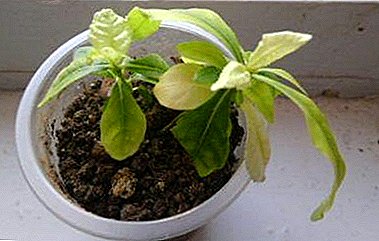 If the upper leaves appear gray dots or indentations like holes from a needle, then the plant suffers from thrips.
If the upper leaves appear gray dots or indentations like holes from a needle, then the plant suffers from thrips.- The thyroid leaves leaves brown and oval-shaped on top and below the leaves.
- The spider mite causes them to dry out, and cobwebs will be visible on their bottom.
- Often on the gardenia you can notice sticky discharge. This is the result of aphids, which loves the tops of the stems and buds.
- Gardenia can suffer from mealybugs, due to which:
- the plant begins to grow poorly;
- leaves turn yellow and fly around;
- flowering stops.
It is necessary to fight pests, because only healthy plants grow well, bloom and multiply. To get rid of insects can be insecticides. Gardenia, grown from seed, blooms for the first time after 2 years. Although it is difficult to grow it in this way, however, this flower is more viable and adapted to home conditions. Gardenia refers to a plant that is actively used in folk medicine, because often it can be found in the homes of flower lovers.


 fresh seeds of gardenia;
fresh seeds of gardenia; After the second pair of leaves appear on the seedlings, it is necessary to plant them in different pots, that is, perform a picking procedure. By volume, they should be 2-3 cm more soil feed, which will be transplanted flower.
After the second pair of leaves appear on the seedlings, it is necessary to plant them in different pots, that is, perform a picking procedure. By volume, they should be 2-3 cm more soil feed, which will be transplanted flower. If the upper leaves appear gray dots or indentations like holes from a needle, then the plant suffers from thrips.
If the upper leaves appear gray dots or indentations like holes from a needle, then the plant suffers from thrips.